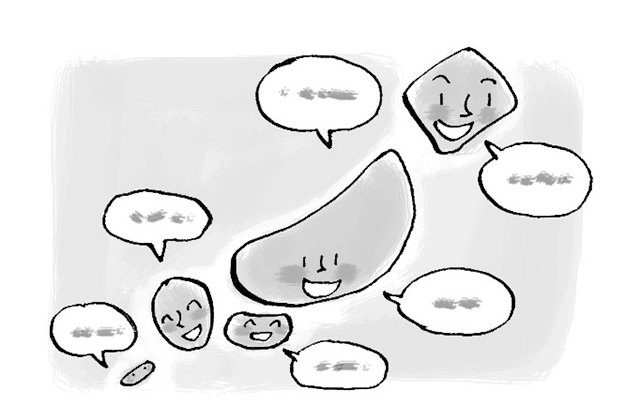Dialects Create Familiarity and Softens Speech

In January 2007, HIGASHIKOKUBARU Hideo, a former entertainer, was elected as governor of Miyazaki prefecture. It is believed that his speech, “Miyazaki wo dogenka sen to ikan” (We must do something for Miyazaki), spoken in the local dialect to citizens of the prefecture during the election campaign, played a big role in his surprise victory. Ex-Prime Minister, TANAKA Kakuei also skillfully used his Niigata dialect in his speeches and subsequently attracted voters. In the movie “Hula Girl,” which was shown in the summer of 2006, actors and actresses spoke in the Fukushima dialect, which was successfully used to provide a distinctive ‘flavor’ to the movie, and played a part in the good reviews of the movie.
There are dialects everywhere in Japan. Take for example, “Ookini” which means “Thank you” in Kansai dialect and is used in the Osaka area. “Oideyasu” means “Welcome” in Kyoto dialect. These dialects are used by people of these regions on a daily basis.
Dialects help to create familiarity. They vary by region, but you can roughly guess which region the person comes from by his or her dialect. In the best-selling mystery book “Suna no Utsuwa” (“A sand container,” written by MATSUMOTO Seichou) that sold more than one million copies, a dialect was used as the key to solve the case.
In the various regions of Japan, dialects are used by citizens in their daily lives, but the media uses the Tokyo dialect as the “standard” dialect of Japan. Therefore, foreigners will not have any difficulties being understood by Japanese if they are learning the “standard” Tokyo dialect. Considering that English has now become the standard world language due to globalization and other reasons, the Japanese language still has its own role, so dialects should also be respected as part of the characteristics of local culture.
